Looking for more ways to make your yard an oasis for birds and wildlife? With the right plants, you can provide seeds, nectar, insects, nesting materials, and shelter for your backyard birds all season long!
Two important notes: 1) Select plants that are native to your area. These plants will attract native insects, don’t need artificial fertilizers or pesticides, and are preferred by birds and other wildlife. 2) For seed-bearing plants, don’t prune them back at the end of the season. Non-migratory birds love to eat the seeds from the spent flowers, especially in the wintertime when other food sources are scarce.
Try planting a few of these flowers, bushes, and trees that not only bring colorful foliage and blooms to your yard but will attract a wide variety of wild birds!
- Sunflower
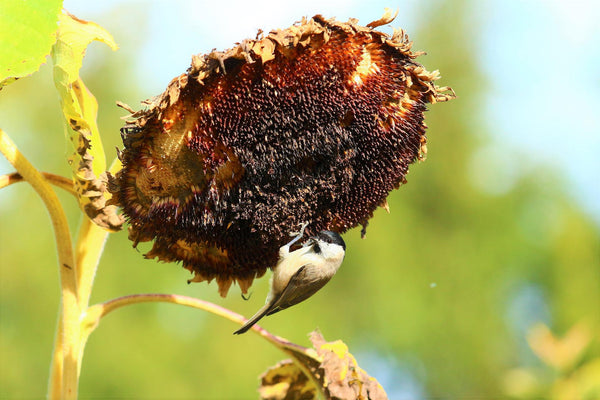
One of the most broadly loved seed-providing flowers is the sunflower. But not all types of sunflower will produce edible seed for wild birds. Look for the Mammoth Grey Stripe, Paul Bunyan, or Aztec Gold varieties when planting sunflowers to attract birds.
Attracts: Cardinals, Hummingbirds, Orioles, Finches, Titmice, Chickadees, Nuthatches, Grosbeaks, Woodpeckers
- Red Mulberry Tree

The red mulberry tree produces blackberry-like fruits that provide plentiful amounts of vitamins, iron, and antioxidants. The leaves also attract insects that some wild birds eat to round out their diets, like silkworms.
Attracts: Cardinals, Hummingbirds, Orioles, Jays, Grosbeaks, Finches, Bluebirds, Woodpeckers
- American Elderberry

The American Elderberry is a handsome shrub that produces both bright white flowers and small, dark berries. Elderberry flowers bloom in the spring, which brings insects that attract omnivorous wild birds. And in the fall, the bush provides dark and delicious berries that many birds love.
Attracts: Cardinals, Bluebirds, Finches, Titmice, Grosbeaks, Orioles
- Aster

The aster flower makes a perfect addition to any autumn garden! This late-blooming star-shaped flower blooms in purple, white, and blue and will attract beneficial pollinators with their nectar. The seed heads are a favorite for many types of songbirds.
Attracts: Cardinals, Finches, Titmice, Chickadees, Nuthatches
- Coneflower

The perennial coneflower attracts a wide variety of native pollinators who feed on the sweet nectar inside. Once the flowers are done blooming, don’t prune them. Birds love to eat the seeds from the spent flowers, especially in the wintertime when other food sources are scarce.
Attracts: Cardinals, Finches, Chickadees, Jays
- Serviceberry Tree (Juneberry)

In the springtime, the serviceberry tree booms with beautiful snowy white flowers which attract insects that attract wild birds. By early summer, the tree produces purple and red berries which are nutrient-dense and appeal to a wide variety of birds.
Attracts: Hummingbirds, Orioles, Grosbeaks, Bluebirds, Woodpeckers, Cardinals, Grosbeaks
- Sumac

Besides providing stunning orange, red, and burgundy foliage in the fall, the sumac shrub produces flower clusters and berries that last from late summer through the winter.
Attracts: Titmice, Chickadees, Jays, Nuthatches, Finches, Jays, Woodpeckers, Cardinals
- Zinnias

Zinnias are a great choice for adding colorful blooms to your summer garden and are well-loved by hummingbirds. Each zinnia head is packed with seeds, which are a favorite of finches!
Attracts: Hummingbirds, Finches
- Virginia Creeper

The virginia creeper is a climbing vine that boasts bold green leaves in the summer that turn flaming red orange in the fall. In autumn, it produces clusters of dark berries that resemble grapes, and although irritating to humans if consumed, many species of birds enjoy the fruit.
Attracts: Bluebirds, Grosbeaks, Nuthatches, Woodpeckers, Jays, Bluebirds
- Blazing Star

Blooming in beautiful pink and purple clusters in the late summer months, the blazing star flower attracts insects and provides seeds, which both attract wild birds like titmice, chickadees, and finches.
Attracts: Titmice, Chickadees, Finches
- Goldenrod

Whether you consider it a wildflower or a weed, there’s no debate that goldenrod is a valuable source of nectar, insects, and seeds for birds and other wildlife. Blooming from August to October, this perennial can continue to provide cover and seeds for birds throughout the winter.
Attracts: Titmice, Chickadees, Finches, Wrens, Juncos,
- Black-eyed Susan

An early summer bloomer, black-eyed susan will attract a myriad of insects that are favored by insectivorous birds. The seed heads also provide tiny dark seeds which attract a variety of wild bird species.
Attracts: Nuthatches, Grosbeaks, Finches, Chickadees, Cardinals
These 12 plants provide a good basis for a bird-friendly yard and garden. To find more plant options that are native to your area, you can search Audubon's native plants database or take a look at the Pollinator Partnership planting guides.

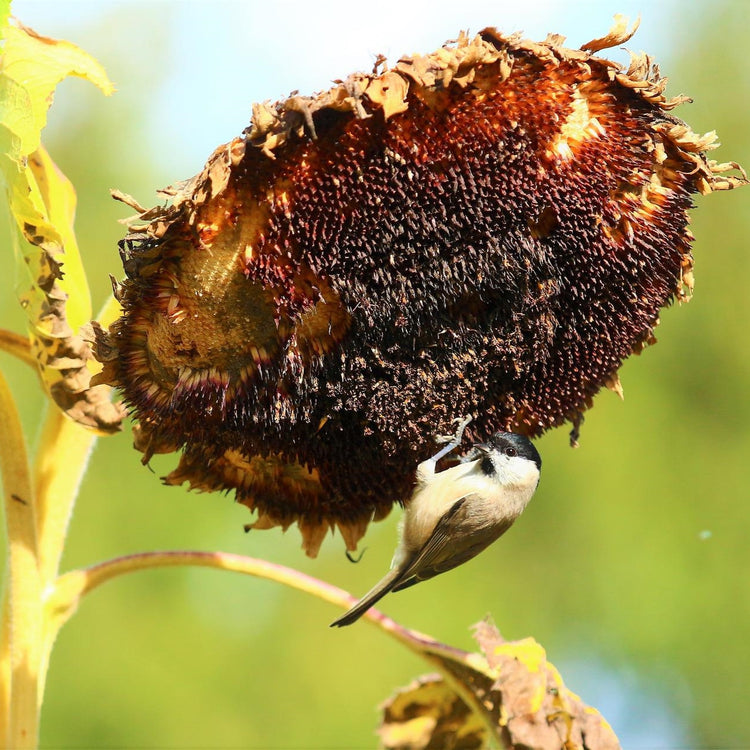




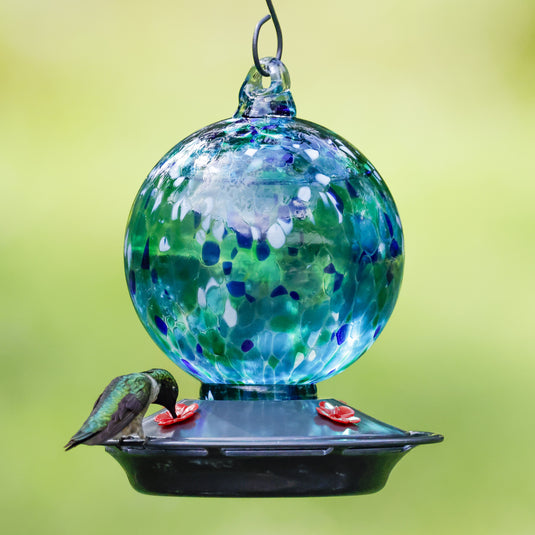
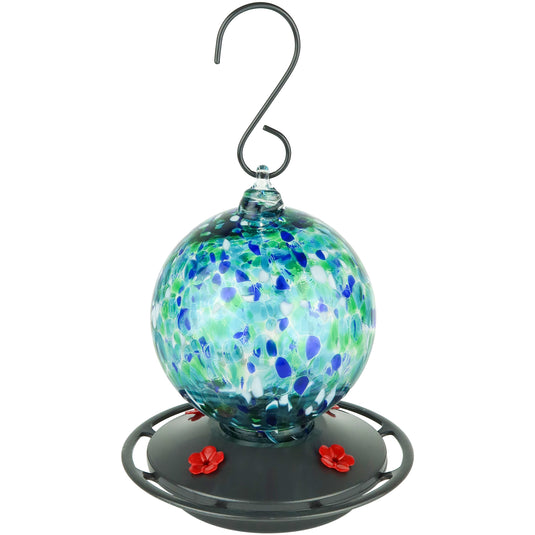


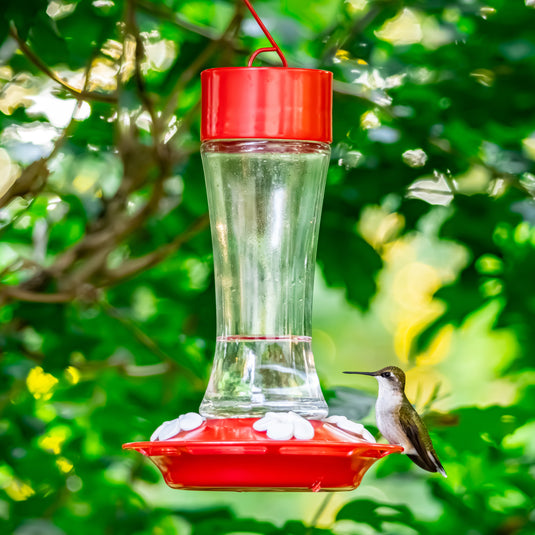
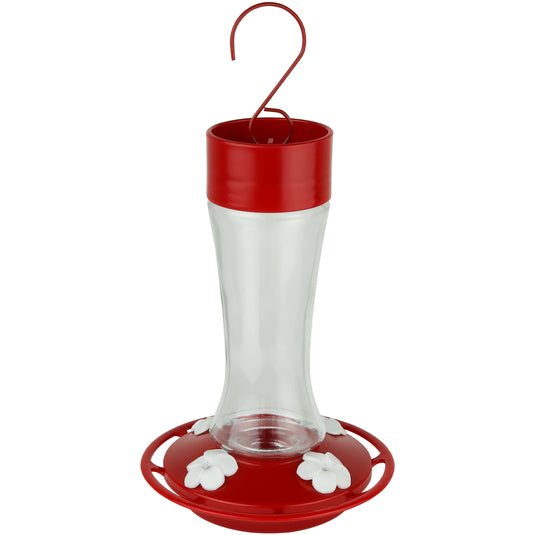
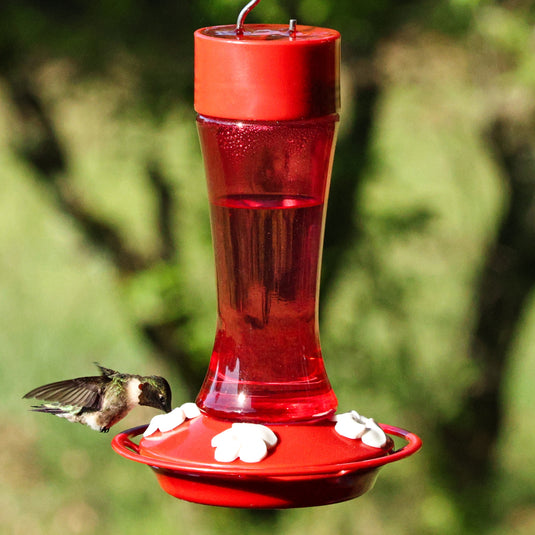
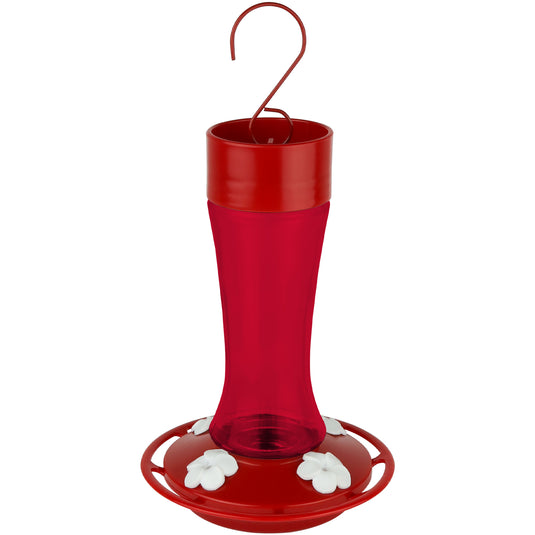
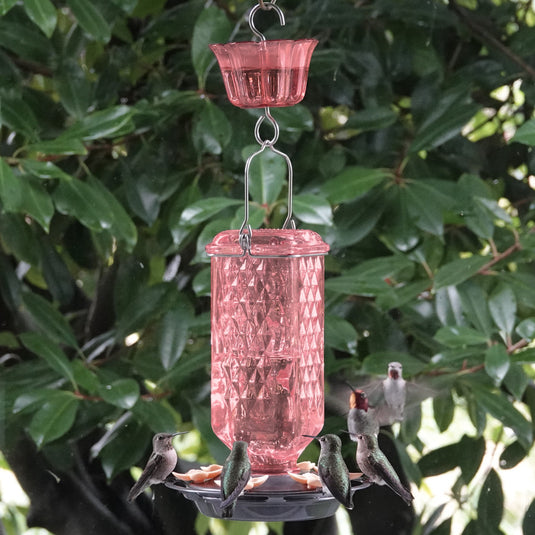
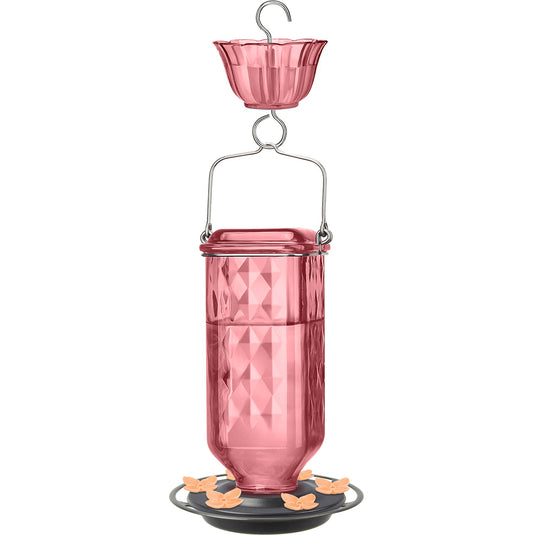
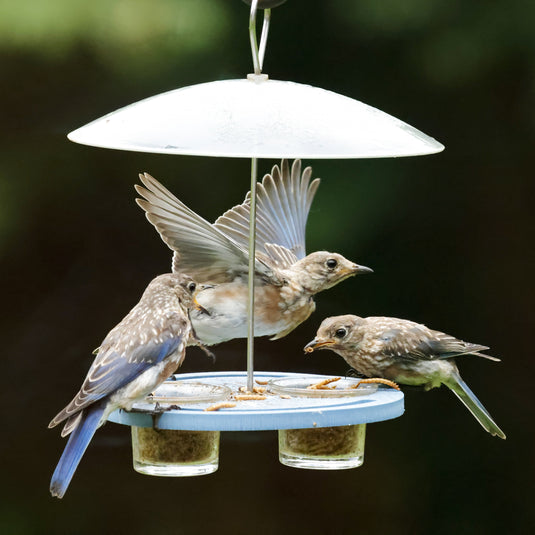
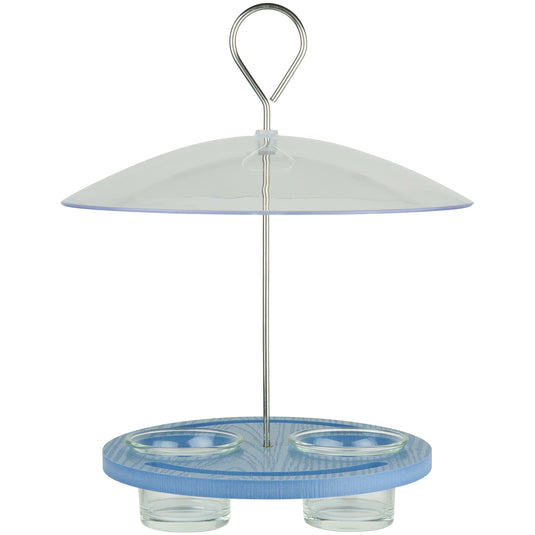
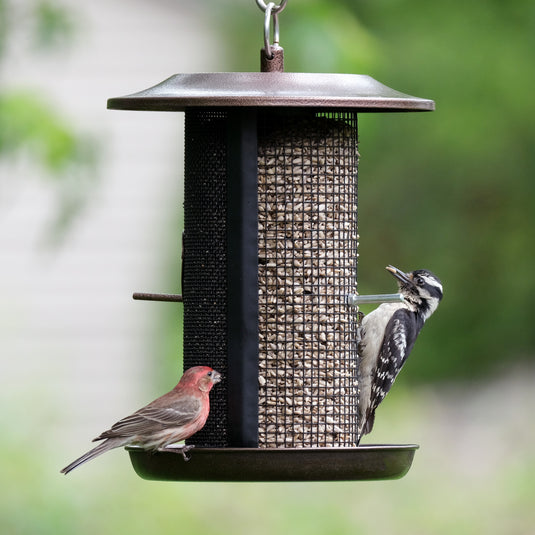
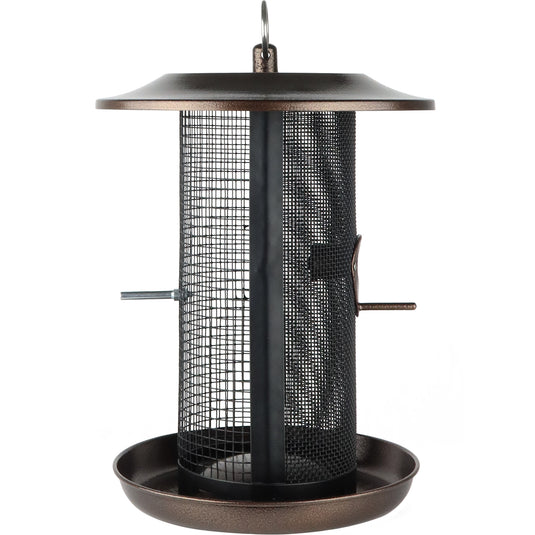
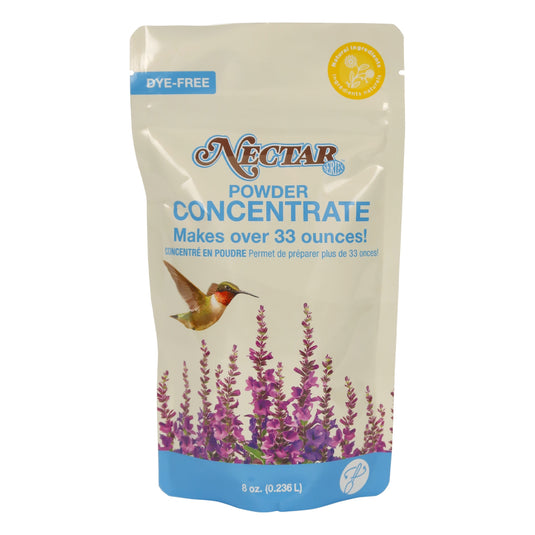
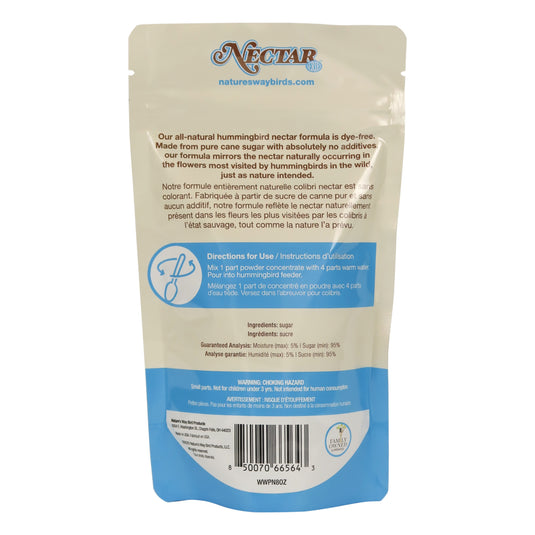
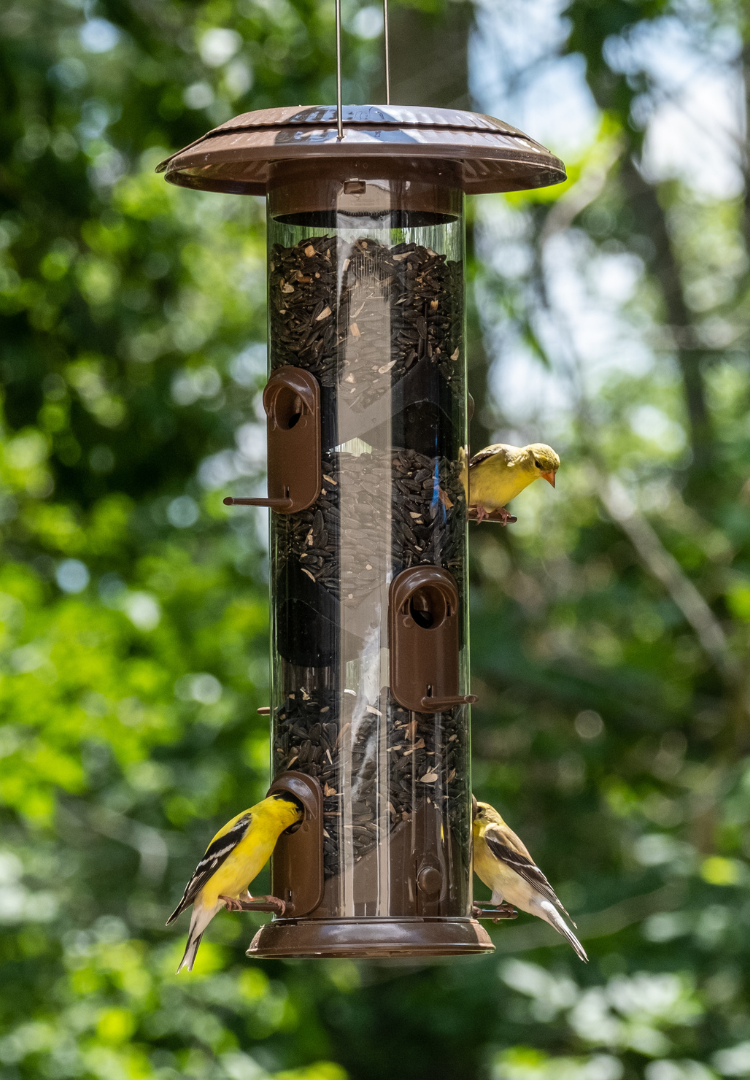
Hi Dennis, Is this a Nature’s Way feeder you are asking about? If so, please contact Customer Service at info@natureswaybirds.com so we can get more information about your model number. Nature’s Way doesn’t sell detachable any moats so if you are asking about something that isn’t our product we would suggest you reach out to the manufacturer of your ant moat for assistance. Thank you!
How do i attach the ant moat to my feeder?